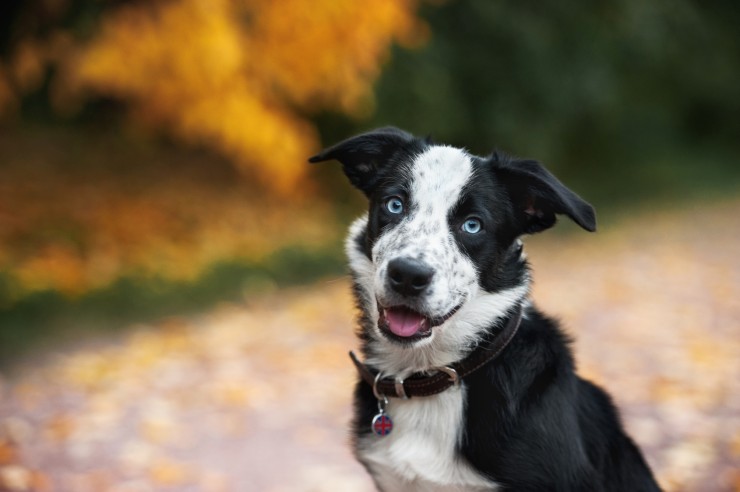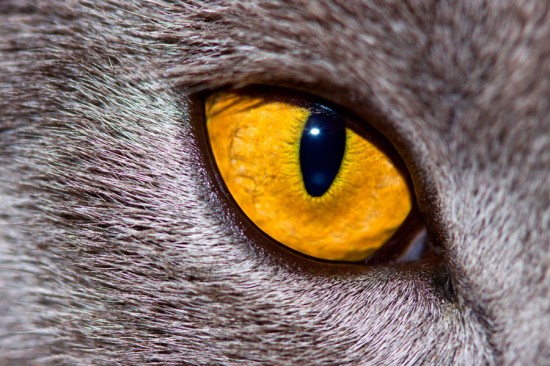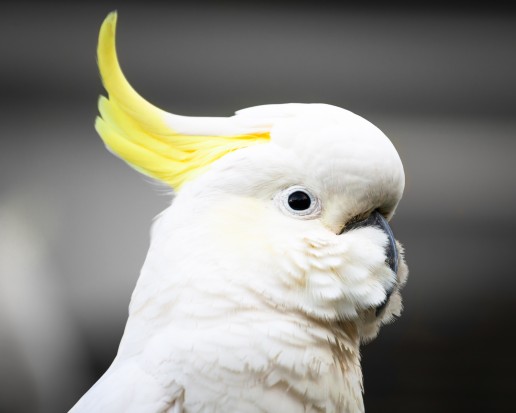
If you are reading this you probably have a horse that has had a run-in with laminitis. Laminitis is the inflammation of the laminae tissue that attaches the foot of the horse to the hoof. It is an extremely painful condition for the horse that if left untreated can lead to founder or death. Laminitis is not founder, although many people use the terms interchangeably. Laminitis, as described above, is when the laminae tissue is inflammed. Founder occurs when laminitis is not treated and it progresses into the coffin bone separating from the foot, rotating and dropping. In certain cases of founder, the coffin bone will actually go through the bottom of the hoof. This does not have to happen, though. If you recognize laminitis symptoms and take steps to help your horse, it is possible to make it through laminitis and have a healthy horse again.
If you suspect your horse has laminitis, please call your vet. It is extremely important and time is of the essence. After your vet has left the farm, you need to put a plan into action in the way you manage your horse. You need to know how to change your general horse keeping routines to keep him sound and pain-free. This includes what you feed your horse, how to work with your farrier, how much exercise you give your horse, and when to put your horse on dry lot.
If your horse does not have laminitis, that is great! But part of being a responsible horse owner is learning what ailments can affect a horse and becoming educated about them so they can be avoided. Education is key and can help you avoid a host of problems. Most horse owners know the basics of horse keeping, but do not know why they do what they do. Why shouldn't a horse be turned out all day when rich spring grasses are growing? Why shouldn't a horse be galloped down a hard road? Why shouldn't you give your horse unlimited water when he is hot after exercise, after all, he is thirsty! The answers to these questions go beyond the obvious. The answer to all these questions is that all those things can lead to laminitis and ultimately founder.
Horses are complicated creatures. In the wild they roam and graze all day. As domesticated creatures they still retain the need to move and nibble. We as horse owners cannot lock them in a stall or small pen all day and feed just one large meal per day. Their genetic makeup will not let them be healthy doing that. They need to move. They need to graze or eat small meals throughout the day. If a horse is not allowed to do this, they will become stressed and their systems will break down.
Smart horse keeping will prevent illness and even death. No horse owner wants to make the heart-wrenching decision to put their horse down. If we educate ourselves and put into practice what we have learned, our horses will be happy and healthy.
For more information on smart horse management, please visit Laminitis Cure The information is presented in a way that is concise, readable and understandable. I wish you and your horses years of health and happiness together.
 How Dog Breed List Can Help You Make Better Decision?
How Dog Breed List Can Help You Make Better Decision?
How Dog Breed List Can Help You Make Better Decision?
How Dog Breed List Can Help You Make Better Decision?
 A Basic Insight Into The Common Canine & Feline Uroliths
A Basic Insight I
A Basic Insight Into The Common Canine & Feline Uroliths
A Basic Insight I
 Canine Anorexia - What It Means For Affected Dogs
Canine Anorexia -
Canine Anorexia - What It Means For Affected Dogs
Canine Anorexia -
 Eye Infections In Cats And Dogs
Eye Infections In
Eye Infections In Cats And Dogs
Eye Infections In
 Sulphur Crested Cockatoo
Sulphur Crested C
Sulphur Crested Cockatoo
Sulphur Crested C
Copyright © 2005-2016 Pet Information All Rights Reserved
Contact us: www162date@outlook.com